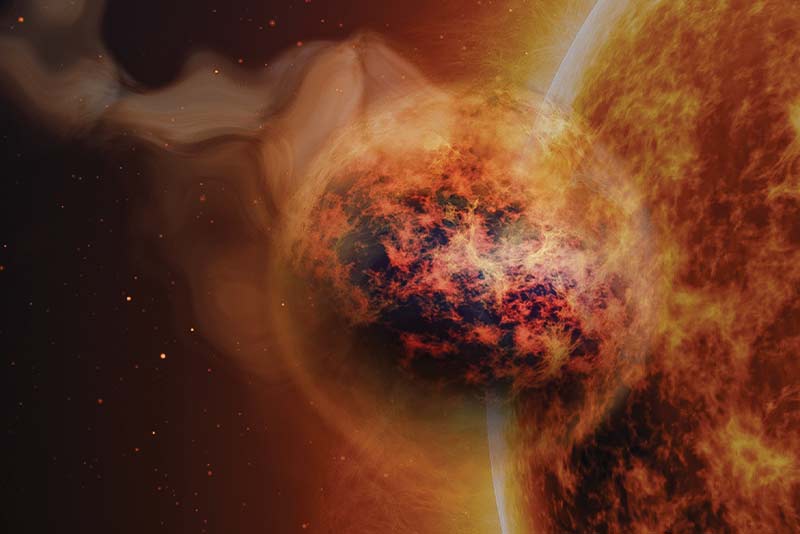

With the help of data gathered by the National Aeronautics and Space Administration’s (NASA) James Webb Space Telescope (JWST), a team of European astronomers discovered that on an exoplanet named WASP-107b, it rains sand!

With the help of data gathered by the National Aeronautics and Space Administration’s (NASA) James Webb Space Telescope (JWST), a team of European astronomers discovered that on an exoplanet named WASP-107b, it rains sand! The planet was discovered in 2017 and is in a constellation called Virgo, approximately 200 light years from Earth. Though WASP-107b is almost the same size as Jupiter, its mass is much lesser than that of Jupiter and astronomers have been curious about its composition. Data gathered by JWST was used to analyse the planet’s atmospheric composition and it was found that the planet’s clouds are made up of sulphur dioxide (SO2), water (H2O) and sand. Just like the Earth’s water cycle, silicate vapour in the planet’s atmosphere forms sand clouds, which eventually become heavy and lead to sand rains.
Did You Know?
The mass of WASP-107b is around 30 times that of the Earth.





